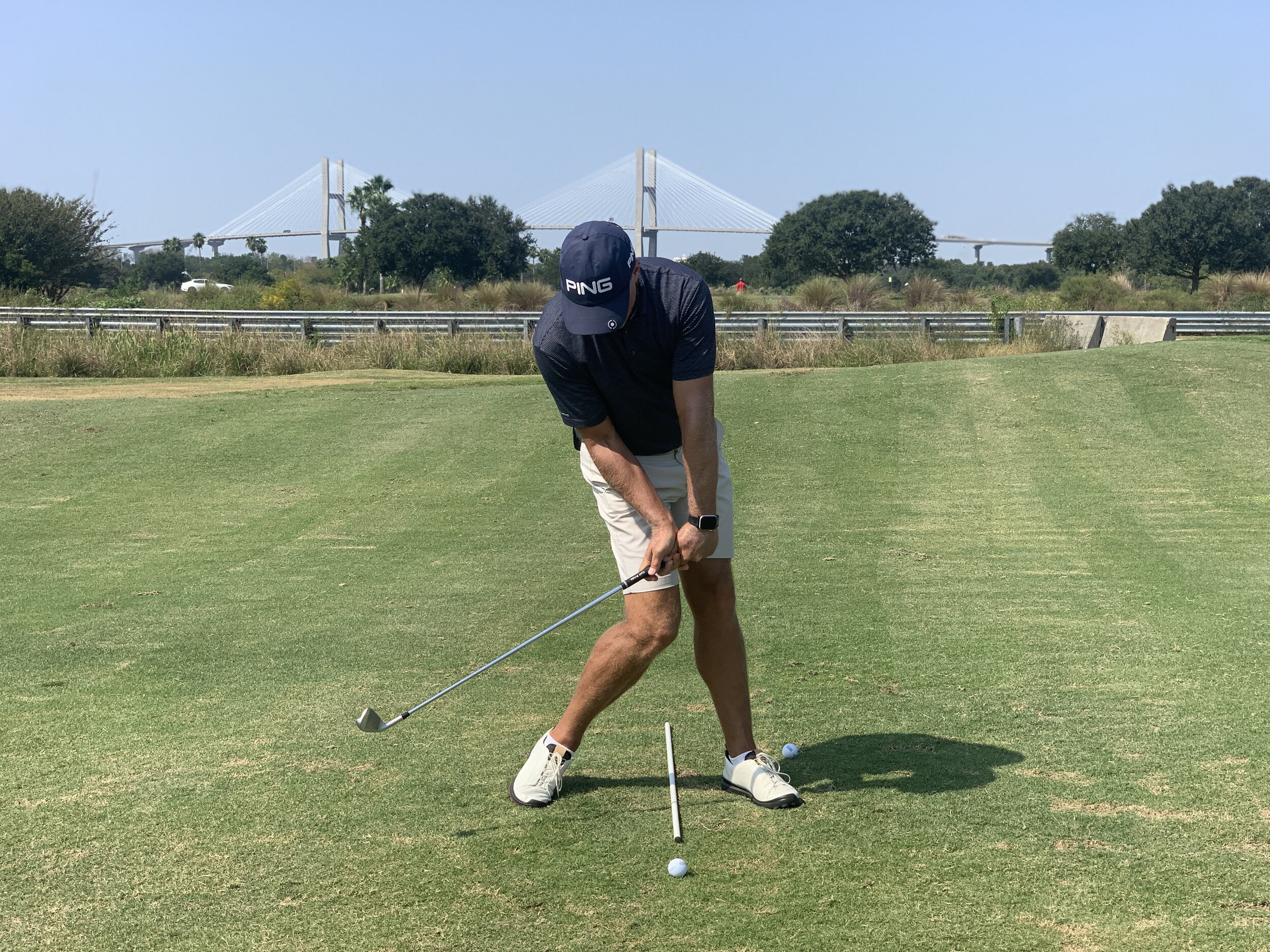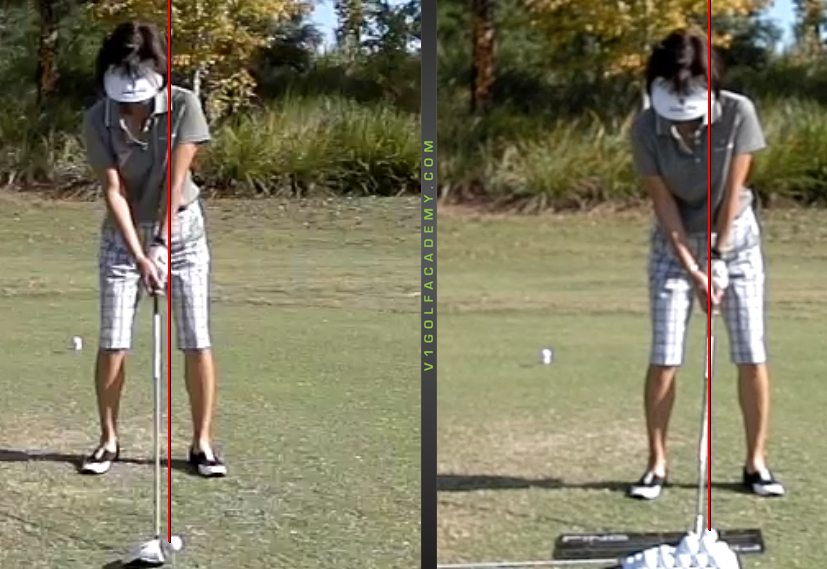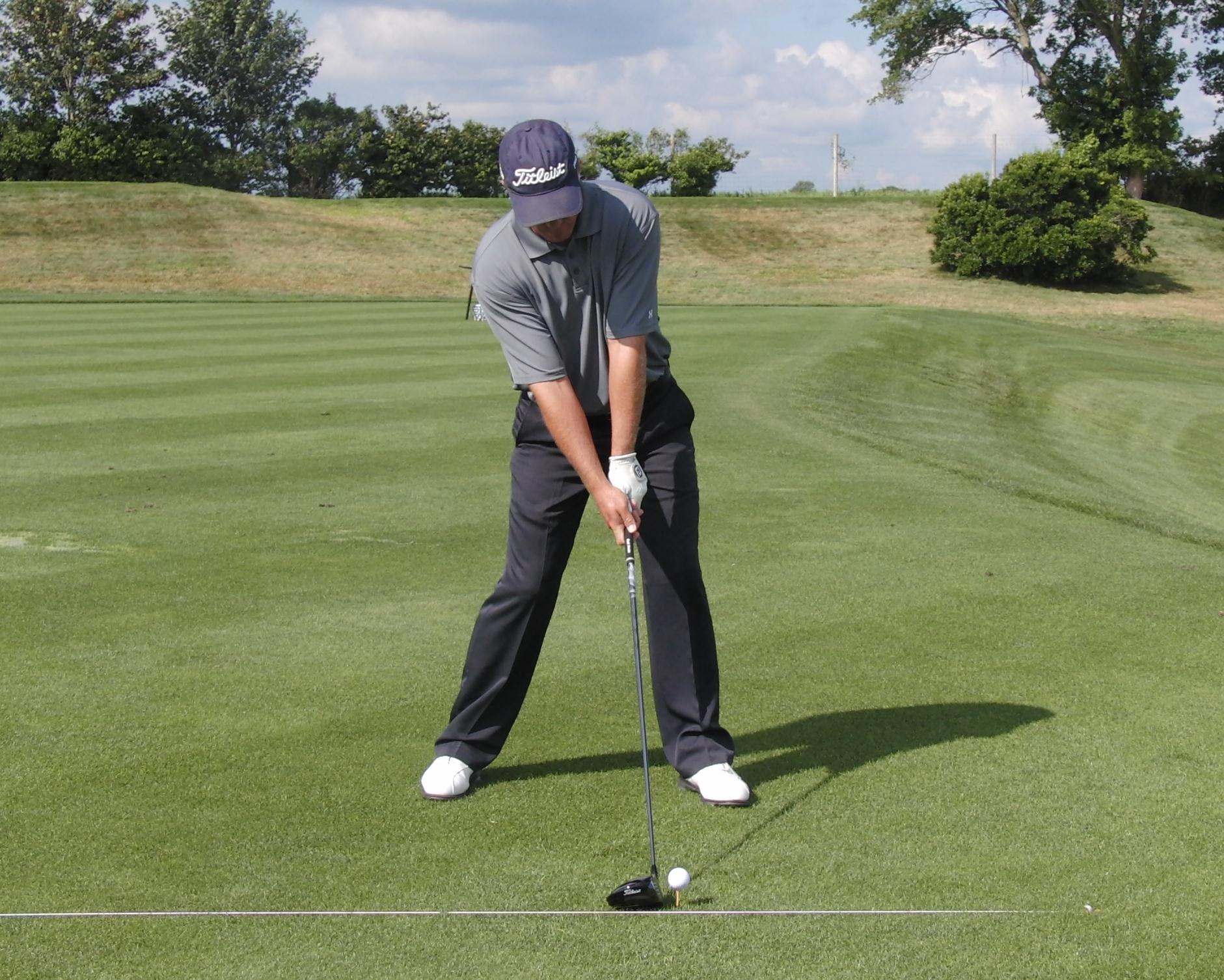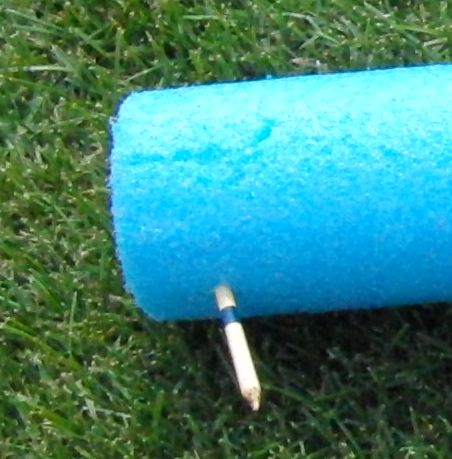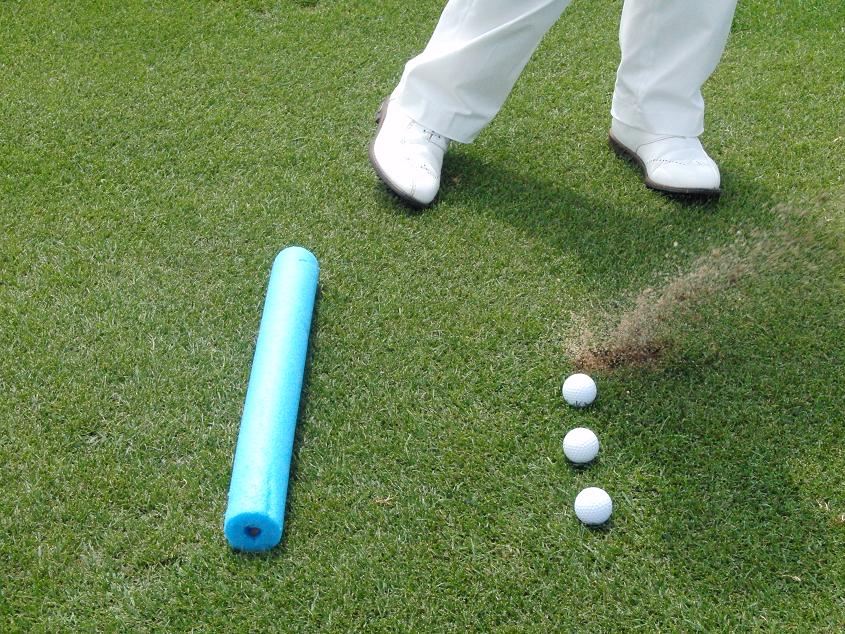Understanding Attack Angle
/TrackMan defines attack angle as the direction the club head is moving (up or down) at impact. How much the club head is traveling up or down is reported in degrees… 2º up or 6º down. You’re no doubt reading this in an effort to improve your golf and the purpose of this article and video is to share my experience pertaining to attack angle and how you can use this knowledge to upgrade the trajectory, shape and strike of your shots. Watch…
We need to be on the same page with a few important points in order for a better understanding to take place…
Club Delivery
a narrow downswing will typically encourage a steeper, more downward angle of attack
a wider downswing will typically promote a shallower, less downward angle of attack
Narrow Downswing
Wider Downswing
Club Path
an overly downward strike will move the club path more from in to out
an overly upward strike (driver typically) will move the club path more from out to in
Club Speed
a faster club speed allows for the golfer to hit down more and still maintain a functional flight
a slower club speed requires for the golfer to hit down less in order to maintain a functional flight
Keep in mind that hitting down does not make the ball go up! For more information on this point please watch this brief explanation.
Compression
please keep in mind that hitting down more does not equate to greater compression for ANY shot
watch this video to better understand compression
Divots
please stop trying to decipher the meaning behind ANY divot
the only take away from divots is that if there is dirt flying everywhere when you practice, you MIGHT be hitting down too much - period!
There you have it. I hope that perhaps some of this insight will help you to better understand the details of YOUR golf swing and what you can work towards in order to improve the quality of your shots and your experience out on the golf course.
If you have a friend that might benefit from this article/video then please feel free to share it. Thanks for reading and for your support.



